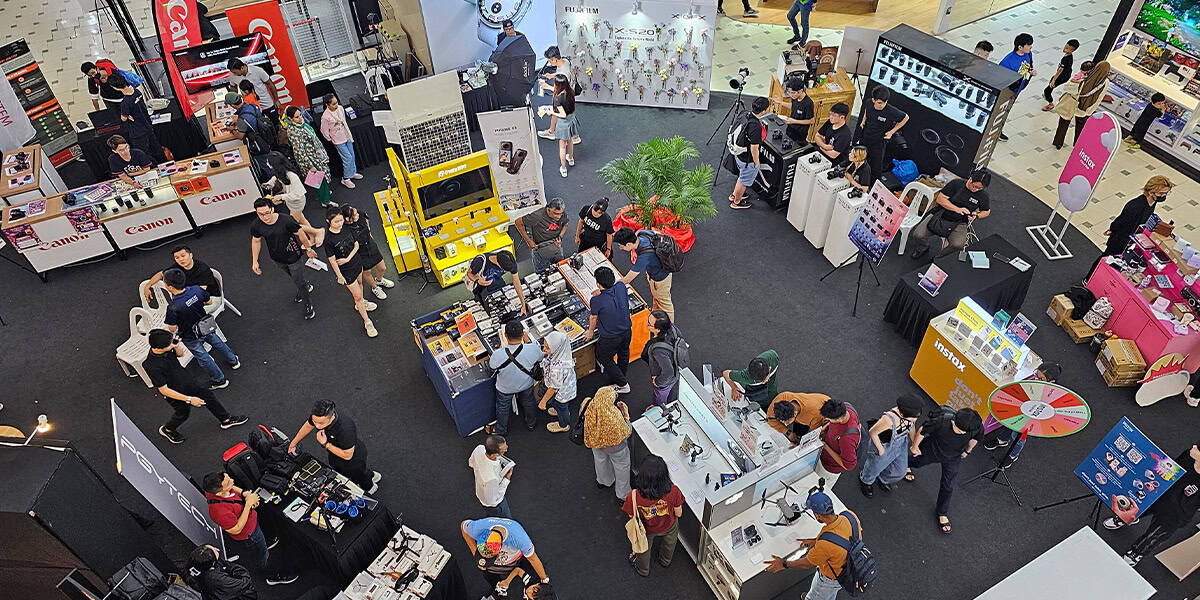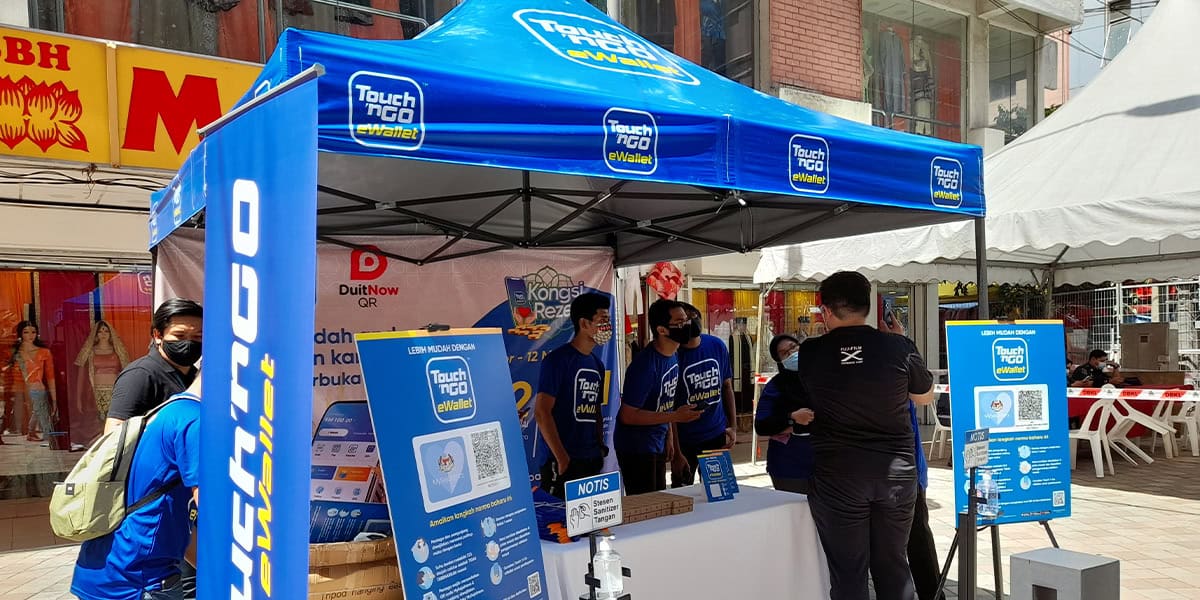Smart Booth Setup Strategies to Prevent Common Event Issues
- May 27, 2025
- admin_astar
- No Comments
Setting up a booth at an event takes more than just placing signs or arranging tables. It requires clear thinking, strong planning, and smart decisions. When people ignore the details, booth setup issues can slow things down and create confusion during the entire event setup process. But by following a well-planned booth setup strategy, you can avoid problems and make the booth experience smooth for everyone.
Let’s explore how to create an organised and powerful booth that attracts attention and works without problems.
Optimise Layout to Enhance Accessibility and Movement
A messy layout can confuse visitors and prevent them from staying longer at your booth. Planning where things go helps the booth feel welcoming and easy to explore.
- Guide visitors using a clear path inside the booth
Visitors generally prefer to move freely without bumping into displays. Design your layout to allow open movement so people feel comfortable walking through the booth.
- Place key items where people naturally walk.
Set up your main displays or interactive tools near the centre or open areas. These spots get the most attention and allow visitors to explore without feeling crowded.
- Keep the entrance area open and inviting.
Avoid putting large items near the entrance. A clear entrance helps people feel drawn into the booth instead of being turned away.
When you organise the layout thoughtfully, your booth becomes easier to explore and more comfortable. This planning helps both staff and visitors enjoy their time and stay engaged.
Use Modular Components to Simplify Transport and Assembly
 Modular pieces make booth setup smoother and quicker. These parts fit together easily and don’t require special tools or long hours to build.
Modular pieces make booth setup smoother and quicker. These parts fit together easily and don’t require special tools or long hours to build.
- Choose booth pieces that fold, stack, or roll easily.
Choose displays that break down into smaller parts. These can fit in cars or small trucks and help speed up your event setup.
- Select items that you can rearrange when needed.
Some booth items can change shape or direction. Use those to make your space fit better in different event areas or booth sizes.
- Check all parts before leaving for the event.
Set up your booth at your office first to make sure all the pieces work. This saves time and avoids surprises at the venue.
With modular components, your booth setup becomes easier to manage. You save time, effort, and energy by planning ahead with these flexible tools.
Prepare Technical Infrastructure Beforehand
Digital displays and electronics bring life to a booth. But if they stop working, your booth might lose visitors. It’s important to prepare all your tech gear before the event begins.
- Test every screen, speaker, or light before the event
Turn on all digital components a day before the event. Make sure everything works well and stays connected.
- Check the event space to match power needs
Learn what the venue offers for power. Bring surge protectors and long extension cords just in case outlets are far away.
- Pack extras like chargers, adapters, and cables
Always take spare parts. This avoids problems if something breaks or gets lost during booth setup.
Strong tech preparation gives your booth a smooth experience. Visitors enjoy displays more when things run without delay or glitches.
Train Staff Thoroughly for Consistency and Professionalism

The people at your booth matter as much as the setup itself. Trained staff can speak clearly about the booth, answer questions, and help visitors feel welcome.
- Host a team meeting before the event to explain the goals.
Talk about what each person should do at the booth. Make sure everyone knows how to greet visitors, share product details, and stay friendly.
- Assign staff specific spots and tasks.
Divide roles clearly. For example, one person can talk about products, another can handle sign-ups, and someone else can guide people through a demo.
- Give your team tools like booklets or digital guides.
Staff members need to feel confident. Give them information sheets or tablets to help answer questions and stay on message.
Well-trained staff enhance the overall booth setup strategy. They work better, speak clearly, and help keep everything organised throughout the event setup.
Create Clear Visual Hierarchies to Convey Key Messages
A booth filled with too many words or unclear images can become confusing. When you build your message correctly, visitors understand what your booth is about right away.
- Use large titles and simple designs to guide attention.
Your most important message should appear at the top or centre. Use short and bold phrases to tell people what your company does.
- Avoid putting too much on one board or screen.
Leave space between posters and messages. It helps the eye move smoothly from one thing to another.
- Match colours, fonts, and graphics with your brand style
Consistency helps people recognise your business. Use the same theme across all booth elements.
Clear visuals help avoid booth setup issues by making your booth easier to understand. Visitors stay longer when they quickly know who you are and what you do.
Document a Comprehensive Setup Checklist
It’s easy to forget things amid the rush of an event. A clear checklist keeps your team focused and avoids missing any parts during booth setup.
- Write down everything you need, from banners to tools.
Start with large items, then list small things like scissors, tape, or pens. This prevents last-minute panic.
- Ask other team members to check your list, too.
Different people remember different things. When everyone reviews the list, it becomes stronger.
- Print the checklist and bring copies to the event.
Keep a printed version on hand. If your phone runs out of battery, you still have the list.
A checklist keeps the booth setup safe and straightforward. It helps your team stay calm and ready.
Coordinate Delivery Timelines with Precision
Time matters during event setup. If items arrive late or are delivered to the wrong place, your booth might not be ready. Smart delivery planning keeps everything on track.
- Send essential materials ahead of time.
Ship items early to avoid delays. This gives you more time to solve any issues before the booth setup begins.
- Track your shipments and call the venue to confirm the arrival.
Track your shipments and confirm that the venue staff receives them. This avoids confusion when you show up.
- Label boxes clearly with your name and contact info
Put your phone number and company name on each box. If something gets lost, staff can return it quickly.
Efficient delivery planning strengthens your booth setup strategy. When everything arrives on time, your team can begin working right away.
Align Booth Setup with Target Audience Preferences
Knowing who visits the event helps you design a booth that speaks to them. You want your setup to match their preferences and way of thinking.
- Find out who will attend and what they want to see.
Learn about the people coming to the event. If they are tech enthusiasts, they use gadgets. If they are business professionals, keep things neat and polished.
- Make signs and displays that feel familiar to the audience.
Use words and pictures that visitors relate to. This helps them feel connected and interested in what you’re showing.
- Add digital tools or touchscreens only if the audience likes them.
Some people enjoy interactive displays, while others prefer simplicity. Match your tools to your audience.
When your booth matches your audience, visitors stay longer and ask more questions. That makes your booth setup stronger and more effective.
Build in Contingency Plans for On-Site Adjustments
Even well-structured plans can encounter small hiccups. Prepare for surprises so they don’t hurt your booth setup.
- Bring extras for items that can get lost or damaged.
Bring extra name tags, tape, and screws. You never know when something might break or disappear.
- Make your booth flexible for small changes.
Use pieces that you can move or resize if space changes or your booth moves to a new spot.
- Let one team member make quick decisions.
Delegate authority to one team member to make quick adjustments. This helps the group move quickly when something unexpected happens.
Backup planning keeps your booth setup moving smoothly, even when problems pop up.
Final Thoughts
Creating a good booth setup takes planning, teamwork, and smart decisions. Every part matters—from the layout to the tech to the people. With thorough preparation, you can avoid booth setup issues that cause delays or stress. With a strong booth setup strategy, you bring order and structure to your event setup. The right setup helps your brand look professional and gives visitors a great experience. Take time to plan, test your gear, train your team, and bring backup supplies. Doing this helps your booth succeed and work without problems all day long.

 WhatsApp us
WhatsApp us